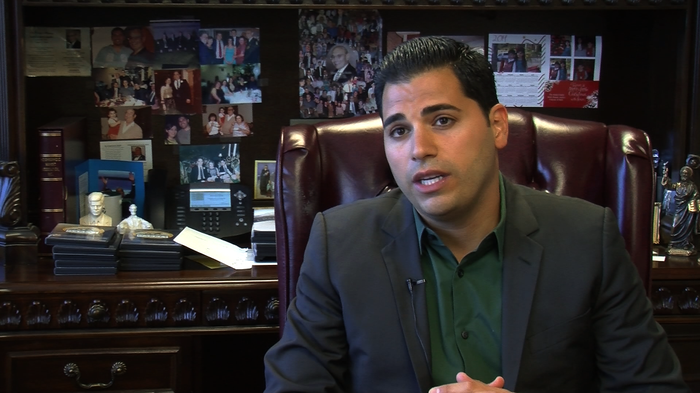The Program Electronic Review Management (PERM) process is a critical step for many individuals seeking employment-based permanent residence in the United States. As we venture into 2024, understanding the intricacies of PERM processing times has become more crucial than ever. This detailed guide will navigate you through the changes in PERM processing time 2024, focusing on essential aspects such as perm current processing time, ETA 9089 processing time, perm waiting time, and perm timelines.

Content
Understanding PERM in 2024
The PERM process is managed by the U.S. Department of Labor (DOL) and involves labor certification, ensuring that hiring a foreign worker does not negatively impact U.S. workers. In 2024, the DOL introduced changes that have implications for the PERM processing time. Applicants and employers must stay updated with these changes to manage their expectations and plan accordingly.
The Current State of PERM Processing Time
The “perm current processing time” refers to the average time taken by the DOL to process a PERM application. It’s important to note that this time frame can fluctuate based on various factors, including policy shifts, application volume, and administrative changes within the DOL.
2024 Changes Affecting PERM Processing Time
Several key changes in 2024 have impacted the perm processing time:
- Policy Revisions: Any new policies introduced by the DOL can significantly alter processing times. These could include changes in the review process, additional documentation requirements, or modifications in the audit process.
- Technology Improvements: The DOL’s adoption of more advanced technological solutions could streamline or complicate the PERM application process.
- Staffing and Resource Allocation: Changes in the staffing levels or internal resource allocation within the DOL can either speed up or slow down the processing of applications.
ETA 9089 Processing Time in 2024
A vital component of the PERM process is the ETA Form 9089. This form, when filed, begins the official PERM process. The “ETA 9089 processing time” is the duration it takes for the DOL to review and process this form. In 2024, any adjustments in the processing of ETA 9089 could impact the overall timeline for PERM certification.
Dealing with PERM Waiting Time
The “perm waiting time” is the duration from the filing of the application to the final decision. It’s crucial for applicants and employers to use this time wisely, staying informed about their application status and preparing for the next steps once the application is approved or denied.
Navigating PERM Timelines in 2024
Understanding “perm timelines” involves being aware of the entire process from pre-filing to final decision. The timeline generally involves:
- Pre-Filing: This includes recruitment efforts and preparing the application.
- Filing of ETA Form 9089: This marks the start of the official processing time.
- Post-Filing: After the PERM application is processed, subsequent steps depend on the decision made by the DOL.
Strategies for Applicants in 2024
- Stay Updated: Regularly check for updates on the DOL website regarding processing times and policy changes.
- Ensure Accuracy and Completeness: Errors or missing information can significantly delay processing times.
- Plan for Delays: Given the variability in processing times, it’s wise to plan for potential delays.
- Seek Professional Guidance: Consulting with an immigration attorney can provide insights into navigating the complexities of the PERM process.
Conclusion
Navigating the changes in PERM processing times in 2024 requires applicants and employers to be well-informed, proactive, and patient. Understanding the nuances of perm processing time 2024, staying abreast of policy changes, and preparing for each stage of the process are key to successfully navigating the PERM process. With proper planning and a clear understanding of the timelines and requirements, applicants can effectively manage their expectations and increase their chances of a successful outcome.

Bradley attended Boston University where he received a Bachelor’s degree in Economics and Political Science as well as a Master’s degree in Business Administration from Columbia University Graduate School of Business (currently attending). He loves to write about everything business related.











